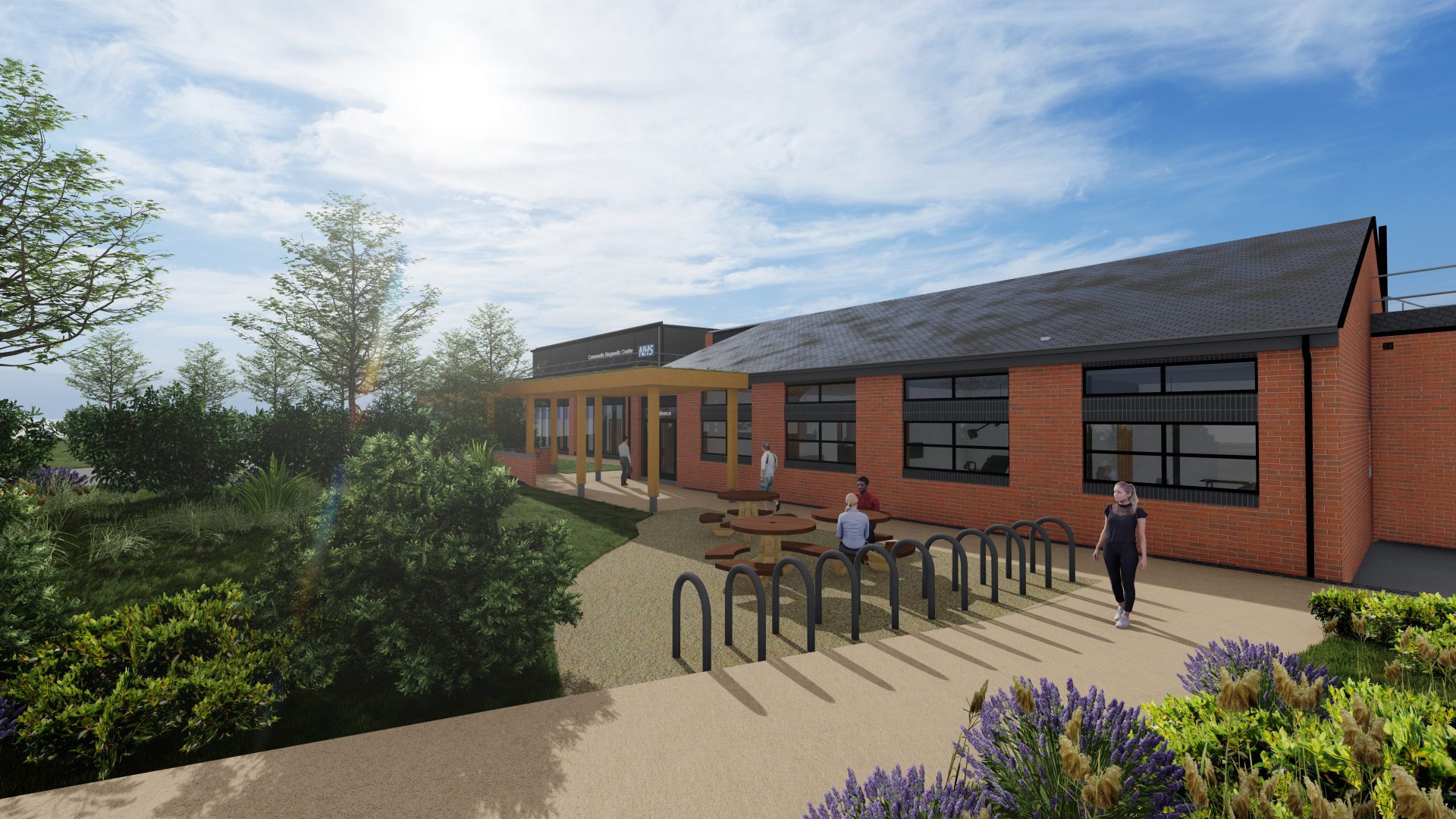
22 Jul 2025
Community Diagnostic Centres (CDCs) are reshaping how healthcare services are delivered, easing pressure on NHS hospitals by providing accessible, community-based diagnostic facilities.
Improving Patient Pathways Through Design
Community Diagnostic Centres (CDCs) improve patient pathways, reduce travel times, and support earlier diagnoses - critical factors in delivering timely, effective care.
The goal of CDCs is to expand the reach of healthcare services within communities, ease pressure on hospitals, and improve access to diagnostic services. The COVID-19 pandemic intensified existing NHS challenges, leading to increased waiting times. By shifting some services away from hospitals, CDCs help manage demand more effectively and reduce pressure on acute care services.
Facilities like the Mansfield Community Diagnostic Centre, expected to serve over 100,000 patients annually, and the Derby CDC at Florence Nightingale Community Hospital are helping reduce waiting lists and hospital congestion.
CDCs not only provide additional clinical space, they represent a shift in the healthcare infrastructure. Thoughtful architectural design is key to ensuring these centres are efficient, adaptable, and supportive of patient wellbeing.

Designing for Impact: Five Key Considerations
1. Patient-Centred Environments
Modern CDCs prioritise both patient wellbeing and future adaptability. Calming interiors, intuitive wayfinding, and thoughtful layouts enhance the patient experience. Flexible spaces ensure services can evolve alongside clinical needs. At Derby CDC, adaptable room configurations support service changes without disrupting care.
2. Flexibility and Futureproofing
To keep pace with changing healthcare demands, CDCs must be inherently flexible. Modular layouts and scalable infrastructure allow spaces to adapt as technologies evolve. Derby CDC exemplifies this, with reconfigurable treatment rooms designed to accommodate future clinical needs.
3. Advanced Technology
From MRI and CT scanners to digital diagnostics, CDCs depend on specialist technology. Architectural planning must account for shielding, space, and secure data infrastructure. Integrated digital networks support efficient operations and safeguard patient information in line with NHS standards.
4. Sustainable and Responsible Design
Sustainability is essential in delivering cost-effective, energy-efficient healthcare buildings. CDCs can incorporate:
- Passive design strategies to optimise daylight and ventilation
- Low-carbon materials and high-performance insulation to improve energy performance
- Renewable energy systems, such as solar panels and advanced Building Management Systems (BMS), as seen at Mansfield CDC, where energy use is actively monitored and reduced
5. Community-Led Approach
Successful CDCs are designed with the people they serve. Engaging communities early ensures facilities meet local needs, build trust, and encourage use. At Derby CDC, collaboration shaped decisions around accessibility, parking, and service provision—creating a centre that truly belongs to its community.
Strengthening the NHS Through Thoughtful Design
CDCs are central to addressing NHS challenges through:
- Increasing capacity – allowing more patients to be seen in community settings
- Improving efficiency – reducing hospital admissions and freeing up acute care resources
- Enhancing accessibility – bringing services closer to where people live, increasing patient reach
As architects, we have the opportunity to shape the future of healthcare by designing spaces that put people first. By integrating flexibility, advanced technology, and sustainability, we can deliver facilities that meet today’s challenges while setting a benchmark for accessible, modern care.
Enabling the Vision of Neighbourhood Health Centres
CDCs are also helping realise the NHS's long-term vision for neighbourhood health centres - integrated hubs where care is provided closer to home, school, and work. These centres are not isolated units, but vital parts of a broader, community-based healthcare system.
By supporting early diagnosis, faster treatment, and stronger ties with GPs, pharmacies, and primary care providers, CDCs enable more equitable, proactive healthcare. Architectural design plays a crucial role in this shift, ensuring facilities are welcoming, non-institutional, and seamlessly embedded into their communities.
With thoughtful design, CDCs can drive better health outcomes, promote resilient communities, and support the future of a more local, sustainable NHS.